
Out of the Woods: Adventures of 12 Hardwood Chairs
2012-08-21
Czas czytania 6 minut
12 impressive chairs by product design students of the Royal College of Art for the London Design Festival merge design with sustainability
The American Hardwood Export Council has collaborated with product design students at the Royal College of Art in London to produce and exhibit chairs during this year’s London Design Festival. Over the last month the students designed and prepared working prototypes of 12 chairs made from various species of American hardwood to present the significant potential of the material and understand its environmental impact. Out of the Woods projects will be exhibited at the Victoria and Albert Museum during the London Design Festival, 14-23 September 2012.
Under the leadership of tutors Sebastian Wrong (Established & Sons) and Harry Richardson (Committee), the use of wood as a material and its associated Life Cycle impacts have been added to the Design Products programme and the students have been set the challenge of designing a functional chair or seat in an American hardwood of their choice.
12 designs have been developed in to working prototypes with the help of Benchmark, internationally renowned for its craftsmanship in wood and long-standing relationship with designer Terence Conran. The students camped out on Terence Conran’s lawn by night and descended on Benchmark’s workshops by day in early July where the company’s highly skilled craftsmen, led by owner Sean Sutcliffe, helped them turn their ideas into reality.
The students taking part in the project come from different countries. While facing the challenge of designing functional chairs or seats from American hardwood, they were inspired by various things: sculpture, mechanics & engineering, boat construction, traditional wood craftsmen, ergonomics, simplicity, as well as food and cooking. As a result, they created 12 outstanding projects from a wide range of US hardwoods species, which showcase significant potential of the sustainable material.
“I was very impressed with the quality of the designs and the students’ enthusiasm for their projects,” says Sutcliffe. “As experts in woodworking, we saw some very strong pieces come to fruition.”
The American Hardwood Export Council (AHEC) is well known in the international design community for its creative promotion of hardwood, having worked with the likes of David Adjaye, Matteo Thun, Sou Fujimoto, Arup and Amanda Levete. But now its attention has turned to the potential stars of the future with a unique and ground-breaking project for students.
Education and research provides a unique element to the project because AHEC is using, for the first time, its ground-breaking Life Cycle Assessment (LCA) research. AHEC has recently announced the publication of the ISO-conformant report on the Life Cycle Assessment (LCA) of rough-sawn kiln-dried hardwood lumber. The report, which has been prepared by sustainability experts PE International after an intensive process of data collection, analysis, and review, is the first stage of AHEC's LCA project. The report covers the environmental life cycle of hardwood lumber from point of harvest in the U.S. through to delivery at the importers yard in major export markets. It provides quantitative data on Global Warming Potential, Acidification Potential, Eutrophication Potential, Photochemical Ozone Creation Potential, and Ozone Depletion Potential. It also provides a qualitative assessment of toxicity, biodiversity, land use and land use change, and water resource impacts. The report includes a sensitivity analysis to show how environmental impacts vary according to key factors such as species, lumber thickness, and transport distance and mode.
Using this data and data collected during the manufacturing process, including time spent on each machine and quantities of material used, each chosen prototype has been environmentally profiled using an ‘i-report’ system developed for AHEC by PE International.
In producing detailed Life Cycle “cradle-to-grave” impact assessments for their designs this project allows the young designers to develop genuine understanding of the real and very direct environmental impact of their decisions when using U.S. hardwoods.
According to Sebastian Wrong, the project “offers a pioneering opportunity for students to create designs within the context of a stark reality.” His co-tutor Harry Richardson added, “it is not only a case of designing a chair that will survive physically far in to the future, it is also to produce a chair whose design will remain relevant far in to the future.”
David Venables, AHEC’s European Director who developed the idea for the project with Sebastian Wrong, says: “The talent amongst these students is astounding. This project has given them the opportunity to work with hardwood and the fact that they can also see and understand the full environmental impact of their design gives this collaboration extra relevance to today’s world, whilst setting it apart from other student design projects.”
www.ahec.org
www.rca.ac.uk
The American Hardwood Export Council has collaborated with product design students at the Royal College of Art in London to produce and exhibit chairs during this year’s London Design Festival. Over the last month the students designed and prepared working prototypes of 12 chairs made from various species of American hardwood to present the significant potential of the material and understand its environmental impact. Out of the Woods projects will be exhibited at the Victoria and Albert Museum during the London Design Festival, 14-23 September 2012.
Under the leadership of tutors Sebastian Wrong (Established & Sons) and Harry Richardson (Committee), the use of wood as a material and its associated Life Cycle impacts have been added to the Design Products programme and the students have been set the challenge of designing a functional chair or seat in an American hardwood of their choice.
12 designs have been developed in to working prototypes with the help of Benchmark, internationally renowned for its craftsmanship in wood and long-standing relationship with designer Terence Conran. The students camped out on Terence Conran’s lawn by night and descended on Benchmark’s workshops by day in early July where the company’s highly skilled craftsmen, led by owner Sean Sutcliffe, helped them turn their ideas into reality.
The students taking part in the project come from different countries. While facing the challenge of designing functional chairs or seats from American hardwood, they were inspired by various things: sculpture, mechanics & engineering, boat construction, traditional wood craftsmen, ergonomics, simplicity, as well as food and cooking. As a result, they created 12 outstanding projects from a wide range of US hardwoods species, which showcase significant potential of the sustainable material.
“I was very impressed with the quality of the designs and the students’ enthusiasm for their projects,” says Sutcliffe. “As experts in woodworking, we saw some very strong pieces come to fruition.”
The American Hardwood Export Council (AHEC) is well known in the international design community for its creative promotion of hardwood, having worked with the likes of David Adjaye, Matteo Thun, Sou Fujimoto, Arup and Amanda Levete. But now its attention has turned to the potential stars of the future with a unique and ground-breaking project for students.
Education and research provides a unique element to the project because AHEC is using, for the first time, its ground-breaking Life Cycle Assessment (LCA) research. AHEC has recently announced the publication of the ISO-conformant report on the Life Cycle Assessment (LCA) of rough-sawn kiln-dried hardwood lumber. The report, which has been prepared by sustainability experts PE International after an intensive process of data collection, analysis, and review, is the first stage of AHEC's LCA project. The report covers the environmental life cycle of hardwood lumber from point of harvest in the U.S. through to delivery at the importers yard in major export markets. It provides quantitative data on Global Warming Potential, Acidification Potential, Eutrophication Potential, Photochemical Ozone Creation Potential, and Ozone Depletion Potential. It also provides a qualitative assessment of toxicity, biodiversity, land use and land use change, and water resource impacts. The report includes a sensitivity analysis to show how environmental impacts vary according to key factors such as species, lumber thickness, and transport distance and mode.
Using this data and data collected during the manufacturing process, including time spent on each machine and quantities of material used, each chosen prototype has been environmentally profiled using an ‘i-report’ system developed for AHEC by PE International.
In producing detailed Life Cycle “cradle-to-grave” impact assessments for their designs this project allows the young designers to develop genuine understanding of the real and very direct environmental impact of their decisions when using U.S. hardwoods.
According to Sebastian Wrong, the project “offers a pioneering opportunity for students to create designs within the context of a stark reality.” His co-tutor Harry Richardson added, “it is not only a case of designing a chair that will survive physically far in to the future, it is also to produce a chair whose design will remain relevant far in to the future.”
David Venables, AHEC’s European Director who developed the idea for the project with Sebastian Wrong, says: “The talent amongst these students is astounding. This project has given them the opportunity to work with hardwood and the fact that they can also see and understand the full environmental impact of their design gives this collaboration extra relevance to today’s world, whilst setting it apart from other student design projects.”
www.ahec.org
www.rca.ac.uk
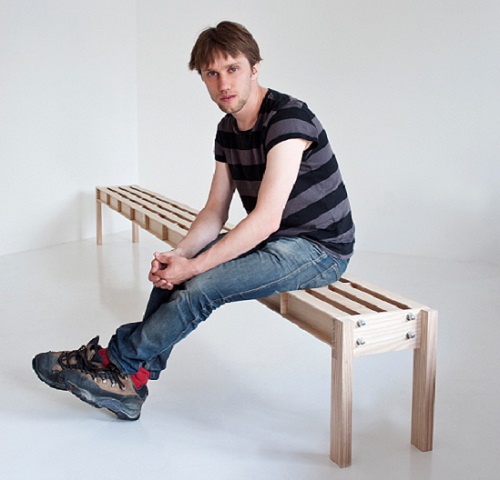
"Beeeench" Petter Thörne
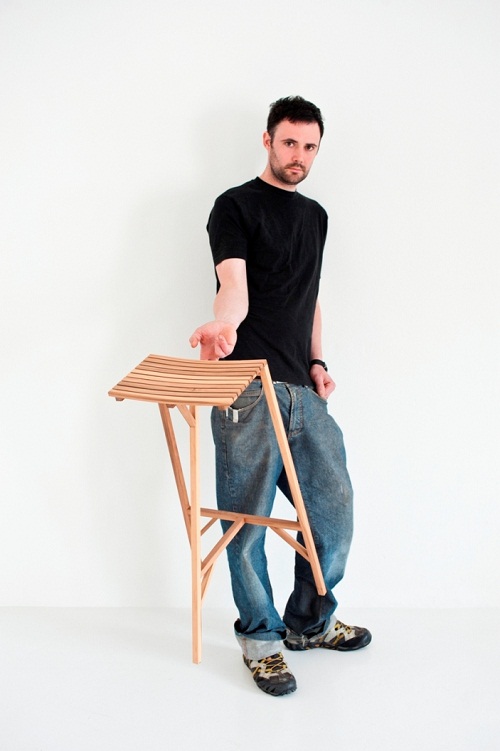
"Designed Legacy" Michael Warren
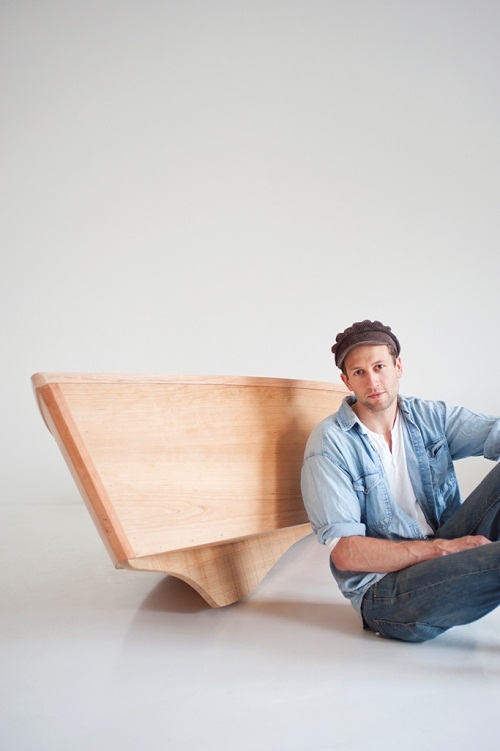
"Floating Chair" Bobby Petersen i Tom Gottelier
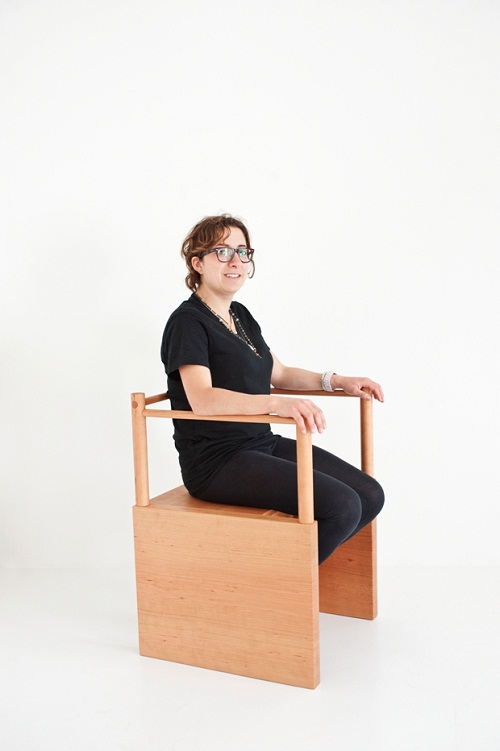
"Solitude" Mary Argyrou
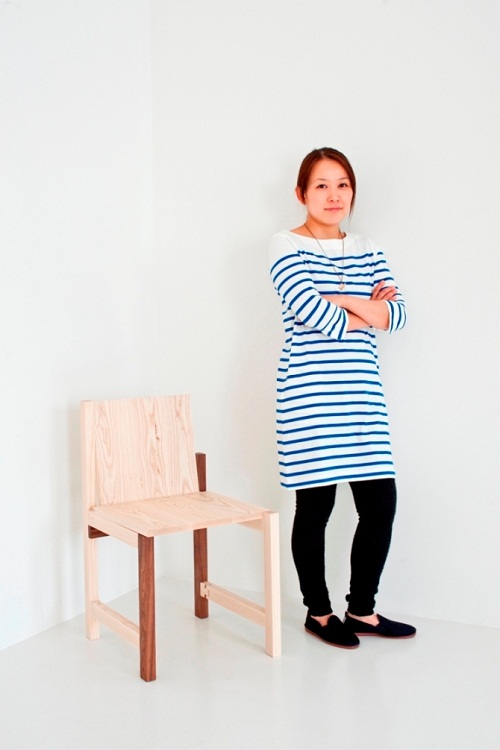
"Folded Chair" Norie Matsumoto

"Leftovers Chair" Lauren Davies
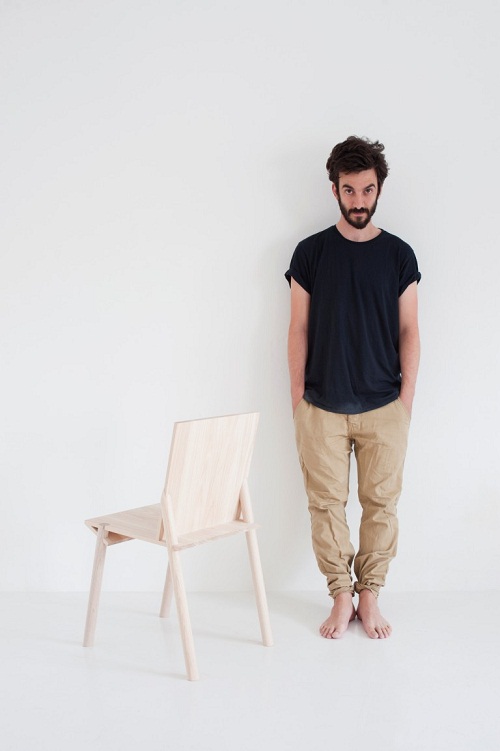
"Num. 4" Santi Guerrero Font
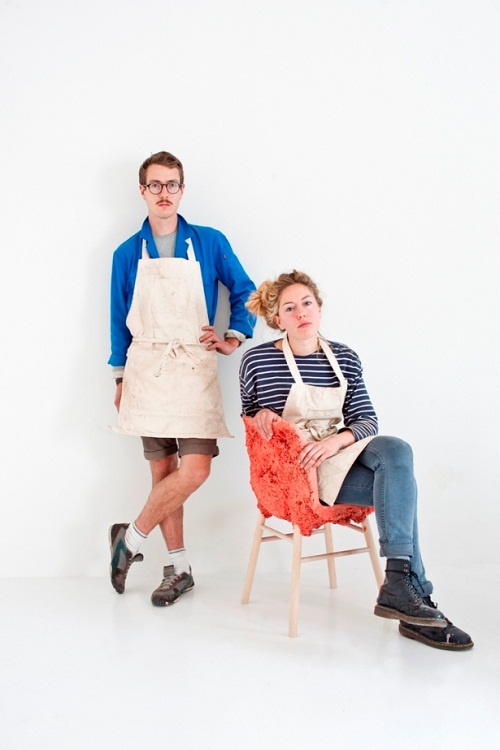
"Well Proven Chair" James Shaw i Marjan van Aubel
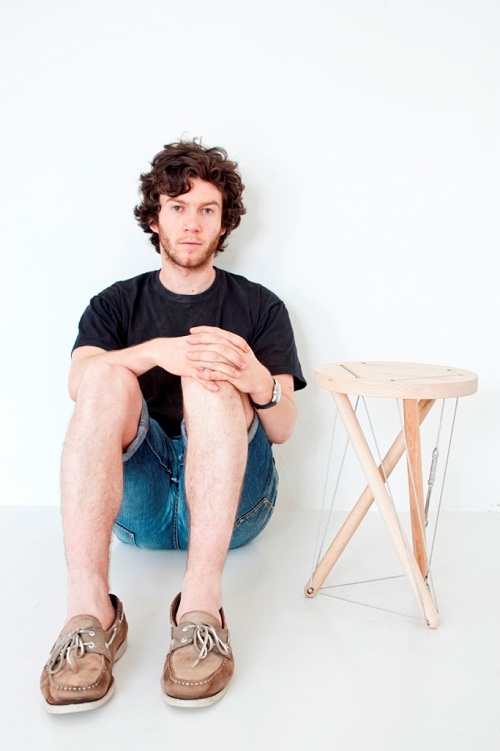
"Snelson" Sam Weller

"Tree Furniture" Anton Alvarez
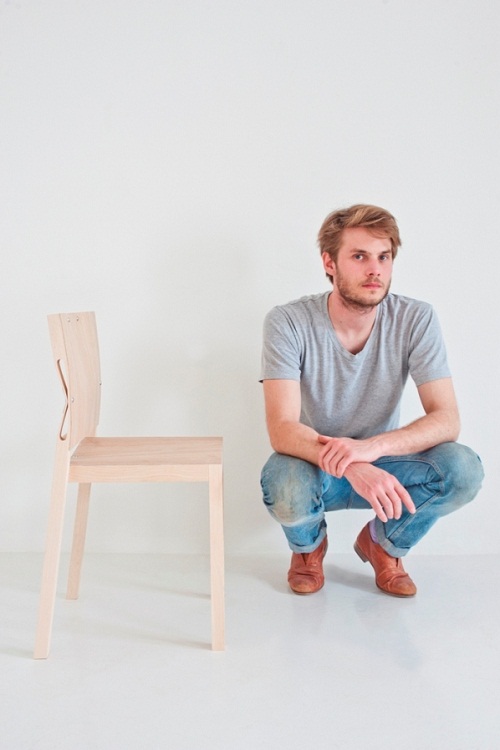
"Squeeze" Nic Wallenberg
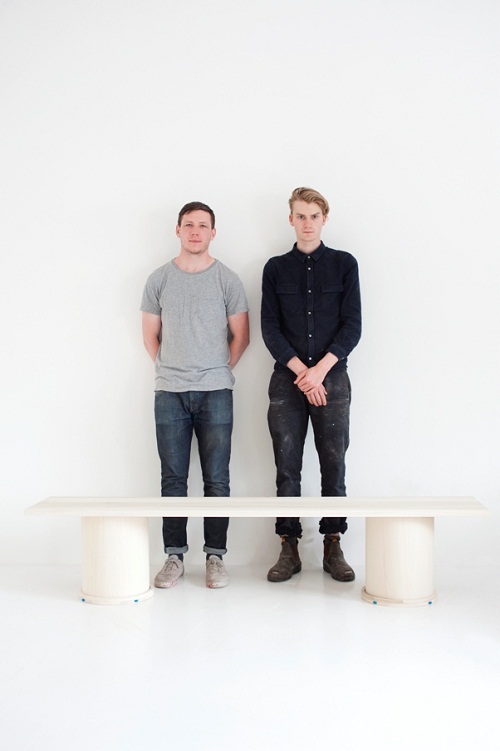
"Phyllida" Nicholas Gardner i David Horan





